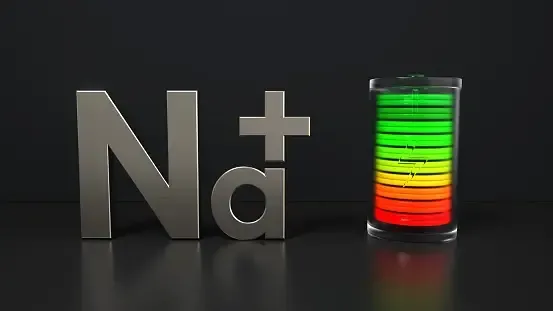
CONTACT US
Exploring Sodium Ion Batteries: The Future of Energy Storage
In recent years, the quest for better energy storage solutions has taken center stage. Amidst the various advancements, sodium-ion batteries are emerging as a promising alternative to their more common lithium-ion counterparts. Let's dive into what makes sodium-ion batteries unique, their benefits, and how they could shape the future of energy storage.
What Are Sodium Ion Batteries?
Sodium-ion batteries operate on a principle similar to lithium-ion batteries. Instead of using lithium ions, these batteries use sodium ions to store and release energy. Sodium, being more abundant and less expensive than lithium, makes these batteries an attractive option for large-scale energy storage solutions.
Why Sodium Ion Batteries?
The major appeal of sodium-ion batteries lies in their cost-effectiveness and abundance. Sodium is widely available in nature, making these batteries cheaper to produce compared to lithium-ion batteries. Additionally, sodium-ion batteries have a lower environmental impact, as they don't rely on rare or harmful materials.
How Do Sodium-Ion Batteries Work?
The working mechanism of sodium-ion batteries is akin to that of lithium-ion batteries. When the battery discharges, sodium ions move from the negative electrode (anode) to the positive electrode (cathode) through an electrolyte. During charging, the ions travel in the opposite direction. The electrolyte facilitates this ion movement, allowing the battery to store and release energy efficiently.
Advantages of Sodium Ion Batteries
Cost-Effectiveness
Sodium is much cheaper than lithium, which translates to lower production costs for sodium-ion batteries. This affordability makes them an appealing choice for applications where cost is a major factor.
Abundance
Sodium is found in large quantities in the Earth's crust and seawater. This abundance ensures a stable supply of materials, reducing the risk of resource scarcity.
Environmental Impact
Sodium-ion batteries are less reliant on environmentally damaging mining processes compared to lithium-ion batteries. This makes them a more sustainable choice for energy storage.
Performance
While sodium-ion batteries currently have lower energy density compared to lithium-ion batteries, ongoing research is aiming to bridge this gap. They offer good cycle stability and safety, making them suitable for many applications.
Current Applications and Future Potential
Sodium-ion batteries are already being explored for various applications. Their cost advantages make them suitable for grid storage solutions, where large amounts of energy need to be stored and managed efficiently. They are also being considered for use in electric vehicles, although more research is needed to improve their energy density and performance.
Looking ahead, sodium-ion technology holds the potential to revolutionize the energy storage industry. As research continues and technology advances, we can expect to see more applications and improvements in performance. This could lead to broader adoption in consumer electronics, renewable energy storage, and electric vehicles.
Limitations of Sodium-Ion Batteries
Energy Density: One of the main drawbacks of sodium-ion batteries is their lower energy density compared to lithium-ion batteries. This means that sodium-ion batteries may not store as much energy per unit of weight, which can be a limitation for certain applications like electric vehicles.
Cycle Life: Sodium-ion batteries currently have a shorter cycle life compared to lithium-ion batteries. This means they may not last as long before needing replacement, which could be a concern for long-term applications.
Infrastructure and Research: Sodium-ion battery technology is still in its developmental stages. There is less infrastructure and research dedicated to sodium-ion batteries compared to lithium-ion batteries, which can slow down the rate of advancement and commercialization.
Challenges and Research Directions
Despite their advantages, sodium-ion batteries face several challenges. One of the primary hurdles is their lower energy density compared to lithium-ion batteries. Researchers are working on improving the performance of sodium-ion batteries through various approaches, such as enhancing electrode materials and optimizing battery design.
Another challenge is the development of efficient and scalable manufacturing processes. As the demand for sodium-ion batteries grows, establishing robust manufacturing techniques will be crucial for meeting market needs and ensuring consistent quality.
Conclusion
Sodium-ion batteries represent a significant step forward in energy storage technology. Their cost-effectiveness, abundance, and lower environmental impact make them a compelling alternative to lithium-ion batteries. While there are challenges to overcome, ongoing research and advancements in technology are paving the way for a brighter future for sodium-ion batteries.
As we continue to explore and develop these innovative batteries, we can look forward to a future where energy storage is more sustainable, affordable, and efficient.

